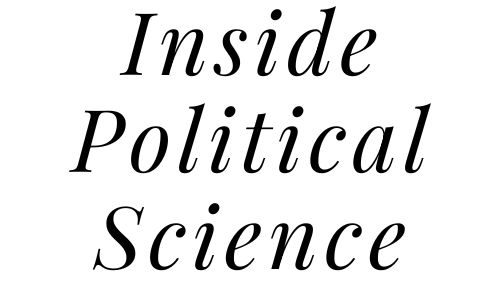
Political parties are the backbone of modern democratic systems. They play a pivotal role in shaping governance and policy-making processes. A fundamental aspect of their functionality lies in the selection of candidates to represent them in elections.
Anyone wanting to understand democratic politics, needs to understand how political parties recruit candidates to run for elections. In this article, we will explore the various methods and strategies employed by political parties to identify, attract, and cultivate potential candidates for public office. From party leaders’ direct involvement to grassroots initiatives, the recruitment process offers insights into the functioning of political systems.
How Do Political Parties Recruit Candidates?
In a democracy, the primary goal of a political party is to win elections. And to win elections, political parties try to field the best candidates. In every election cycle, political parties need to raise money to get their message out, influence voters to their point of view, educate them on key policy positions, advertise to reach the widest segment of the population and finally, mobilize voters to get to the poll booths.
All of these actions require finding the right candidates to run for office to can contribute towards each of the these goals. And so here are the most common ways how political parties recruit candidates to maximize their changes of winning elections.
#1. Party Leaders Seek Out Potential Candidates
Political parties often rely on their leadership to identify and approach potential candidates for public office. This can include established politicians, community leaders, or individuals with specific expertise deemed valuable to the party’s platform. Party leaders assess candidates based on their alignment with party values, electability, and ability to represent the party’s interests effectively. Their direct involvement in recruitment underscores the importance of leadership within the party structure.
#2. Local Party Organizations Propose Candidates
At the grassroots level, local party organizations play a pivotal role in proposing candidates for electoral positions. These organizations are often deeply rooted in their communities and possess valuable insights into local issues and sentiments. They actively seek out individuals who reflect the diversity and values of their constituents. Through nomination processes and internal party mechanisms, local organizations nominate candidates who resonate with the needs and aspirations of their respective constituencies.
#3. Networking and Recommendations
Political parties leverage networks and recommendations to identify potential candidates. This involves reaching out to individuals with relevant experience or expertise within various sectors, including academia, business, and civil society. Recommendations from trusted sources carry weight in the recruitment process, facilitating the identification of qualified candidates. Networking allows parties to tap into a pool of talent beyond traditional political circles, enhancing the diversity and competence of their candidate pool.
#4. Candidate Training Programs
Many political parties offer candidate training programs to prepare aspiring politicians for electoral campaigns and public office. These programs provide comprehensive education on campaign strategies, policy development, public speaking, and communication skills. By investing in candidate development, parties ensure that their nominees are equipped to navigate the complexities of political campaigns and governance effectively. Training programs contribute to the professionalization of political leadership and enhance the quality of candidates presented to the electorate.
#5. Diversity and Inclusion Initiatives
Recognizing the importance of diversity and inclusion, political parties have increasingly focused on initiatives to recruit candidates from underrepresented groups. This includes women, minorities, LGBTQ+ individuals, and people with disabilities. Parties implement targeted outreach efforts, mentorship programs, and affirmative action policies to promote diversity within their ranks. By fostering inclusivity, parties aim to better reflect the demographic makeup of society and address systemic inequalities in political representation.
These strategies collectively contribute to the recruitment of candidates who embody the values, aspirations, and diversity of the electorate, thereby strengthening the democratic process.
Closing Thoughts
The recruitment of candidates is a fundamental aspect of political party dynamics, shaping the trajectory of democratic governance. From party leaders’ direct involvement to grassroots initiatives and diversity efforts, the process reflects the evolving landscape of political participation. By fostering inclusivity, professionalism, and responsiveness to societal needs, parties can cultivate a cadre of candidates capable of addressing complex challenges and representing diverse interests. Understanding the intricacies of candidate recruitment illuminates the inner workings of political systems and underscores the importance of robust party structures in advancing democratic ideals.
